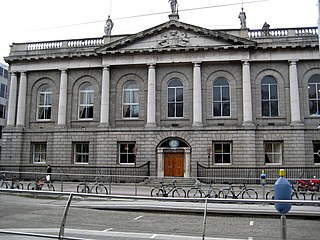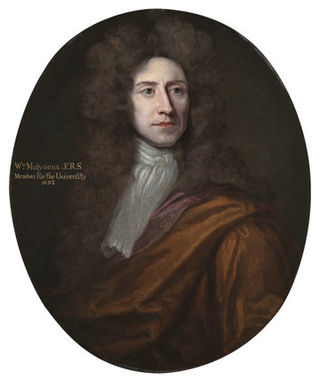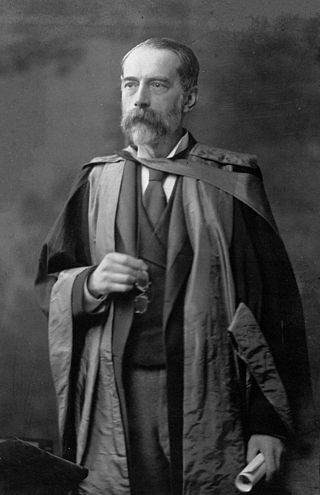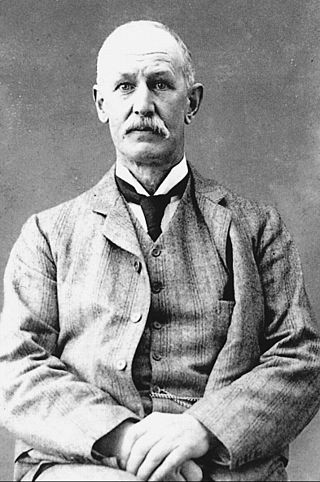Related Research Articles

The Royal College of Surgeons in Ireland (RCSI) is a medical professional and educational institution, which is also known as RCSI University of Medicine and Health Sciences, Ireland's first private university. It was established in 1784 as the national body for the surgical branch of medicine in Ireland, with a role in supervision of training, and as of 2021 provides a broad range of medical education in multiple countries.

John Cheyne FRSE FKQCPI was a British physician, surgeon, Professor of Medicine in the Royal College of Surgery in Ireland (RCSI) and author of monographs on a number of medical topics. He was one of the people to identify Cheyne–Stokes respiration.

The Dublin Philosophical Society was founded in 1683 by William Molyneux with the assistance of his brother Sir Thomas Molyneux and the future Provost and Bishop St George Ashe. It was intended to be the equivalent of the Royal Society in London as well as the Philosophical Society at the University of Oxford. Whilst it had a sometimes close connection with the Royal College of Physicians of Ireland, its closest institutional connection was with Trinity College Dublin.
Barry O'Donnell was an Irish pediatric surgeon who worked at Our Lady's Hospital for Sick Children, Crumlin in Dublin, who along with Prem Puri pioneered the sub-ureteric Teflon injection (STING) procedure for vesico-ureteric reflux. He was awarded the Urology Medal by the American Academy of Pediatrics, the first pediatric surgeon working outside the USA to be so honored.
Events from the year 1820 in Ireland.

Sir Dominic John Corrigan, 1st Baronet, was an Irish physician, known for his original observations in heart disease. The abnormal "collapsing" pulse of aortic valve insufficiency is named Corrigan's pulse after him.
The Regius Professorship of Physic is a Regius Professorship in Medicine at Trinity College Dublin. The seat dates from at least 1637, placing it amongst the oldest academic posts at the university. Mention is made in the college's Register for 1598 of an annual grant of £40 from the government for a "Physitian's pay"; this is sometimes held to be the provision made for the Chair of Physic, but it is possible that it may have been in granted for medical services required by the troops stationed in Dublin.

The School of Medicine at Trinity College in Dublin, Republic of Ireland, is the oldest medical school in Ireland. Founded in the early eighteenth century, it was originally situated at the site of the current Berkeley Library. As well as providing an undergraduate degree in medicine, the school provides undergraduate courses in physiotherapy, occupational therapy, radiation therapy, human nutrition & dietetics and human health & disease, over 20 taught postgraduate courses, and research degrees.

Mercer's Hospital was a hospital in Dublin, Ireland. It was converted into a clinical centre and medical library for the Royal College of Surgeons in Ireland in 1991.

Jervis Street Hospital was a hospital in Jervis Street in Dublin, Ireland. The site of the hospital became the Jervis Shopping Centre.
Thomas Percy Claude Kirkpatrick was an eminent Irish physician, historian and writer.

Sir Thomas Richard Fraser was a British physician and pharmacologist. Together with Alexander Crum Brown he discovered the relationship between physiological activity and chemical constitution of the body.

Thomas Taylor (1786–1848) was an Irish botanist, bryologist, and mycologist.

James Little was an Irish medical practitioner. After spending an early part of his career as a ship's surgeon, surviving a shipwreck, he became chief physician at the Adelaide Hospital in Dublin and Regius Professor of Physic at Trinity College Dublin.

Daniel John Cunningham, was a Scottish physician, zoologist, and anatomist, famous for Cunningham's Text-book of Anatomy and Cunningham's Manual of Practical Anatomy.
Sir John Thomas Banks was an Anglo-Irish physician and, between 1880 and 1898, Regius Professor of Physic at Trinity College, Dublin.

Gustavus Hume was the president of the Royal College of Surgeons in Ireland (RCSI) in the first part of 1795. He specialised in the diseases of children. He was one of the surgeons who examined the body of the journalist William Jackson after he died from poisoning in a Dublin court in 1795 while awaiting sentencing for high treason.

Dr Pearl Dunlevy, was an Irish physician and epidemiologist working on TB and was the first woman president of the Biological Society of the Royal College of Surgeons of Ireland.

Thomas Edward Beatty was an Irish physician, and the president of the Royal College of Surgeons in Ireland (RCSI) in 1850.